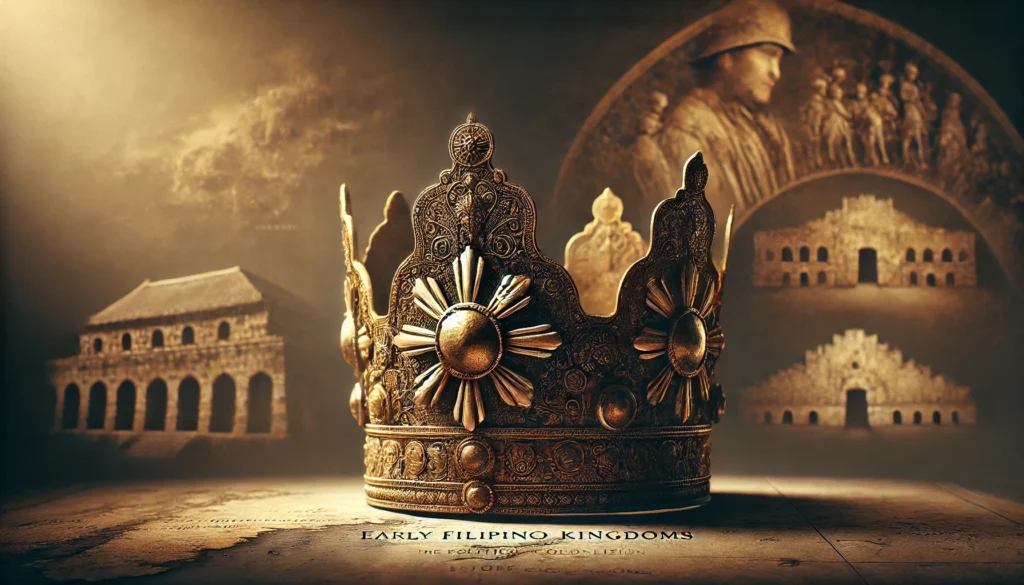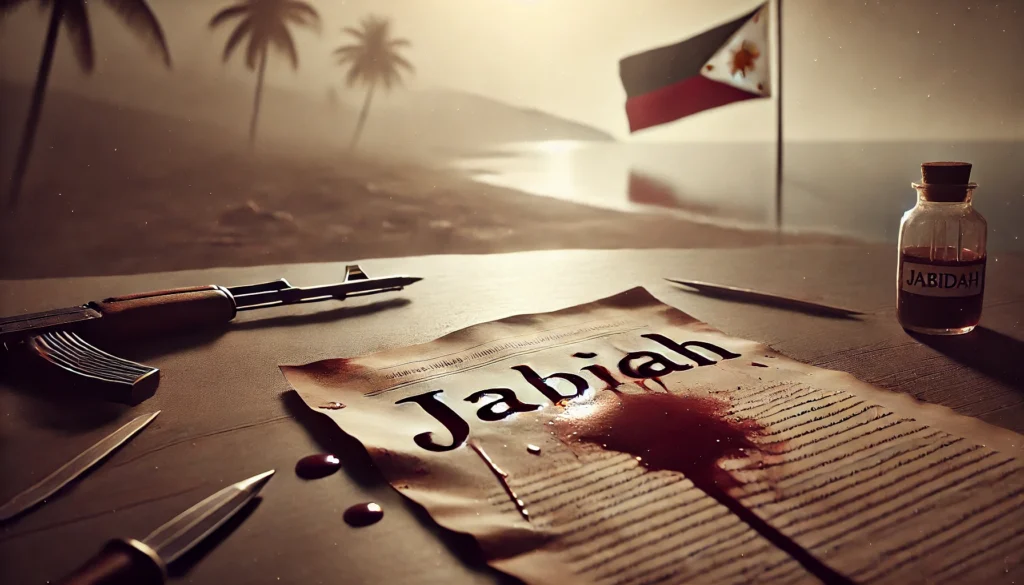The media has played a pivotal role in shaping public opinion throughout Philippine history. From the Spanish colonial era to the modern digital age, various forms of media have served as powerful tools for information dissemination, political discourse, and social change. This blog explores the evolution of media in the Philippines and its impact on the nation’s historical narrative.
The Birth of Philippine Media
The roots of Philippine media can be traced back to the Spanish colonial period when the first printing press arrived in Manila in 1593. This marked the beginning of a new era in information sharing and would lay the foundation for future media developments.
Spanish Colonial Era: The Dawn of Print Media
During the Spanish colonial era, print media emerged as a significant force in shaping public opinion. Newspapers and pamphlets became vehicles for spreading ideas and information, despite strict censorship from colonial authorities.
Key Publications of the Spanish Era
- La Esperanza (1846): One of the earliest Spanish-language newspapers in the Philippines
- Diario de Manila (1848): A daily newspaper that covered local and international news
- La Solidaridad (1889): A revolutionary paper published in Spain by Filipino reformists
These publications played a crucial role in fostering nationalism and spreading ideas of reform among educated Filipinos.
American Colonial Period: The Expansion of Media
The American colonial period saw a rapid expansion of media in the Philippines. With the introduction of a more liberal press policy, numerous publications in various languages flourished.
Major Developments in Media During American Rule
- Introduction of radio broadcasting in 1922
- Establishment of English-language newspapers like the Manila Times (1898)
- Proliferation of vernacular publications catering to different linguistic groups
This period marked a significant shift in media landscape, with increased access to information and diverse viewpoints shaping public discourse.
World War II and Japanese Occupation: Media Under Control
During World War II and the Japanese occupation, media was heavily controlled and used as a propaganda tool. Many pre-war publications were shut down, and new ones were established under strict Japanese supervision.
Media Landscape During Japanese Occupation
- Closure of American-owned media outlets
- Establishment of the Manila Sinbun-sya, a Japanese-controlled newspaper
- Underground resistance publications emerged, such as Liberator and Freedom
This period highlighted the resilience of Filipino journalists and the power of media in resisting oppression.
Post-War Era: Rebuilding and Expansion
After World War II, the Philippine media industry experienced a renaissance. With newfound independence, the press played a crucial role in nation-building and shaping the young republic’s identity.
Key Media Developments in the Post-War Era
- Resurgence of pre-war publications
- Establishment of new newspapers and magazines
- Introduction of television broadcasting in 1953
This period saw media becoming increasingly influential in politics and society, setting the stage for its role in future historical events.
Marcos Era: Media Suppression and Underground Resistance
The declaration of Martial Law by President Ferdinand Marcos in 1972 marked a dark period for Philippine media. Many outlets were shut down, and those allowed to operate were placed under strict government control.
Media Landscape During Martial Law
- Closure of major newspapers and broadcast stations
- Establishment of government-controlled media outlets
- Rise of underground publications and “mosquito press”
| Year | Event |
|---|---|
| 1972 | Declaration of Martial Law, closure of major media outlets |
| 1974 | Establishment of the Maharlika Broadcasting System (now PTV) |
| 1980 | Launch of We Forum, an anti-Marcos publication |
Despite suppression, alternative media played a crucial role in disseminating information and fostering resistance against the Marcos regime.
People Power Revolution: Media as a Catalyst for Change
The 1986 People Power Revolution demonstrated the transformative power of media in Philippine history. Radio station DZRJ and Catholic-run Radio Veritas played pivotal roles in mobilizing citizens and providing real-time updates during the revolution.
Media’s Role in the People Power Revolution
- Broadcasting of Cardinal Sin’s call for people to gather on EDSA
- Live coverage of events unfolding on the streets
- International media attention bringing global support
This historical moment underscored the media’s potential as a tool for democratic change and its ability to unite people towards a common cause.
Post-EDSA Era: Media Liberalization and Challenges
The fall of the Marcos regime ushered in a new era of press freedom in the Philippines. However, this period also brought new challenges as media organizations navigated the complex landscape of a newly restored democracy.
Key Developments in Post-EDSA Media
- Proliferation of new newspapers and broadcast networks
- Privatization of sequestered media assets
- Emergence of tabloid journalism and sensationalism
While press freedom was largely restored, issues such as media ownership concentration and the safety of journalists began to surface.
Digital Age: The Rise of New Media
The advent of the internet and digital technologies has revolutionized the Philippine media landscape. Social media platforms, online news sites, and blogs have become influential forces in shaping public opinion.
Impact of Digital Media on Philippine Society
- Increased access to information and diverse viewpoints
- Rise of citizen journalism and user-generated content
- Challenges of misinformation and “fake news”
| Year | Digital Media Milestone |
|---|---|
| 1994 | First Philippine website launched |
| 2004 | Mainstream adoption of blogging |
| 2009 | Social media’s role in disaster response during Typhoon Ondoy |
The digital age has democratized information sharing but has also brought new challenges in ensuring the integrity and credibility of news sources.
Media’s Role in Contemporary Philippine Politics
In recent years, the media has continued to play a significant role in Philippine politics, from electoral campaigns to policy debates and government scrutiny.
Media’s Influence on Political Discourse
- Coverage of electoral campaigns and debates
- Investigative journalism exposing corruption and government misconduct
- Social media’s impact on political movements and public opinion
The media’s watchdog function remains crucial in maintaining transparency and accountability in governance.
Challenges Facing Philippine Media Today
Despite its rich history and significant contributions to Philippine society, the media industry faces several challenges in the modern era.
Current Issues in Philippine Media
- Threats to press freedom and journalist safety
- Media ownership concentration
- Balancing traditional and digital media platforms
- Combating misinformation and disinformation
Addressing these challenges is crucial for maintaining a robust and independent media landscape that can continue to serve its vital role in Philippine democracy.
Conclusion: The Enduring Legacy of Media in Philippine History
From its humble beginnings during the Spanish colonial era to its current digital transformation, media has been an integral part of Philippine history. It has served as a catalyst for change, a voice for the voiceless, and a mirror reflecting the nation’s evolving identity.
As the Philippines continues to navigate the complexities of the 21st century, the role of media in shaping public opinion remains as crucial as ever. By learning from its rich history and addressing current challenges, Philippine media can continue to fulfill its essential function in society, fostering informed discourse, promoting accountability, and contributing to the nation’s democratic ideals.
Disclaimer: This blog post aims to provide an accurate and comprehensive overview of the role of media in Philippine history up to 2023. However, given the dynamic nature of historical research and ongoing developments in the field, readers are encouraged to report any inaccuracies or new information to ensure the content remains up-to-date and reliable. Your feedback is valuable in maintaining the accuracy and relevance of this historical account.




